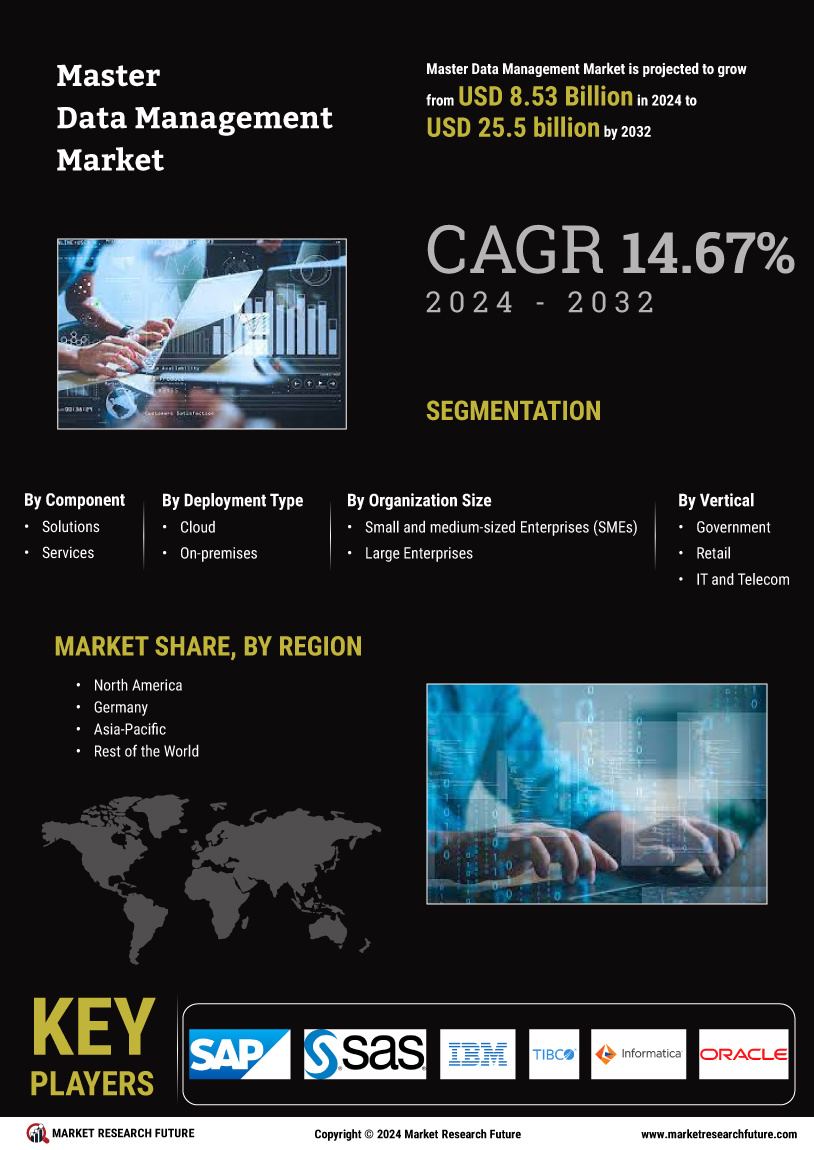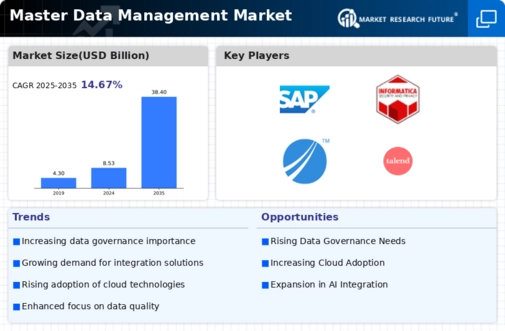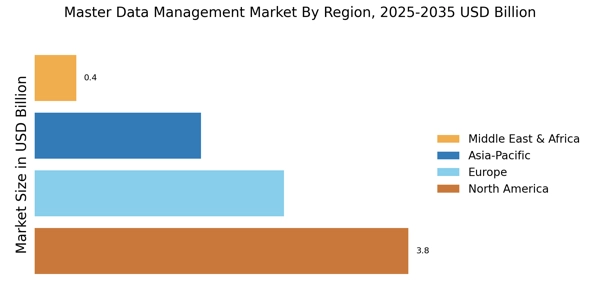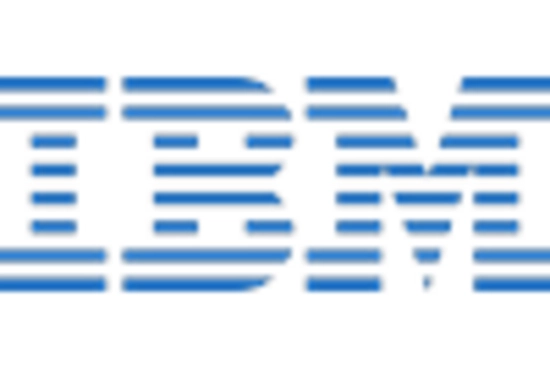The Master Data Management Market (MDM) Market is currently characterized by a dynamic competitive landscape, driven by the increasing need for organizations to manage their data effectively and ensure data integrity across various platforms. Key players such as Informatica (US), SAP (DE), and Oracle (US) are at the forefront, each adopting distinct strategies to enhance their market positioning. Informatica (US) focuses on innovation through advanced data integration and cloud solutions, while SAP (DE) emphasizes its comprehensive enterprise resource planning (ERP) capabilities to integrate MDM seamlessly into broader business processes. Oracle (US) leverages its extensive database management expertise to offer robust MDM solutions, indicating a trend towards specialization in data governance and compliance. Collectively, these strategies contribute to a competitive environment that is increasingly centered on technological advancement and customer-centric solutions.
The business tactics employed by these companies reflect a nuanced understanding of market demands. For instance, localizing services and optimizing supply chains are critical for enhancing customer engagement and operational efficiency. The MDM market appears moderately fragmented, with a mix of established players and emerging startups. This structure allows for diverse offerings, yet the influence of major companies remains substantial, as they set benchmarks for innovation and service quality.
In August 2025, Informatica (US) announced a strategic partnership with a leading cloud service provider to enhance its data integration capabilities. This collaboration is poised to expand Informatica's reach in the cloud MDM space, enabling clients to leverage real-time data insights more effectively. Such a move underscores the importance of cloud technology in modern data management strategies, potentially positioning Informatica as a leader in this rapidly evolving segment.
In September 2025, SAP (DE) launched a new version of its MDM solution, integrating artificial intelligence to automate data quality checks. This development is significant as it not only enhances the efficiency of data management processes but also aligns with the growing trend of AI adoption across industries. By embedding AI into its offerings, SAP (DE) demonstrates a commitment to innovation that could attract new customers seeking advanced data solutions.
In October 2025, Oracle (US) unveiled a comprehensive update to its MDM platform, focusing on enhanced data governance features. This update is particularly relevant as organizations increasingly prioritize compliance and data security. By reinforcing its governance capabilities, Oracle (US) positions itself as a trusted partner for enterprises navigating complex regulatory environments, thereby strengthening its competitive edge.
As of October 2025, the MDM market is witnessing trends that emphasize digitalization, sustainability, and the integration of artificial intelligence. Strategic alliances are becoming increasingly pivotal, as companies recognize the value of collaborative innovation in addressing complex data challenges. Looking ahead, competitive differentiation is likely to evolve from traditional price-based strategies to a focus on technological innovation, reliability in supply chains, and the ability to deliver tailored solutions that meet the specific needs of diverse industries.


















Leave a Comment